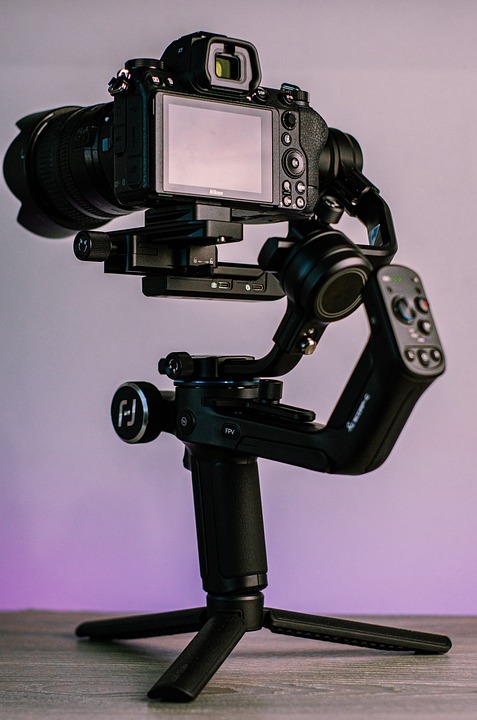The Rise of Female Directors in Contemporary Filmography
In recent years, there has been a noticeable increase in the number of female directors making their mark in the world of cinema. Historically, filmmaking has been dominated by men, with few opportunities for women to break into the industry. However, thanks to the efforts of trailblazing female directors and increased awareness of gender inequality in Hollywood, more and more women are now getting the chance to tell their stories on the big screen.
Breaking Down Barriers
One of the biggest challenges facing female directors has been breaking down the barriers that have traditionally kept them out of the industry. For decades, Hollywood has been a boys’ club, with male directors, producers, and executives calling the shots. This has made it difficult for women to get their foot in the door and secure the funding and resources needed to make their films.
However, in recent years, there has been a push for greater diversity and inclusion in the film industry, with more and more women being given the chance to showcase their talents. This has been helped by the success of female-directed films such as Greta Gerwig’s “Lady Bird” and Ava DuVernay’s “Selma,” which have proven that women can create critically acclaimed and commercially successful movies.
Changing the Narrative
One of the key benefits of having more female directors in the industry is that it allows for a wider range of stories to be told. Historically, films have tended to focus on male experiences and perspectives, with female characters often relegated to supporting roles or cliched stereotypes. However, female directors bring a unique perspective to their work, allowing for more nuanced and authentic portrayals of women onscreen.
This can be seen in films such as Chloe Zhao’s “Nomadland,” which tells the story of a woman who embarks on a journey of self-discovery after losing everything. The film’s focus on female resilience and independence offers a refreshing alternative to more traditional narratives, challenging audiences to see women in a new light.
Empowering the Next Generation
Another important aspect of the rise of female directors in contemporary filmography is the impact it has on up-and-coming female filmmakers. By seeing women like Greta Gerwig, Ava DuVernay, and Chloe Zhao succeed in the industry, aspiring directors are given hope that they too can make their mark. This serves to empower a new generation of female filmmakers, encouraging them to pursue their dreams and tell their own stories.
In addition, female directors often serve as mentors and advocates for other women in the industry, creating a supportive community that helps to break down barriers and promote greater gender equality. By working together and lifting each other up, female directors are paving the way for a more inclusive and diverse film industry.
Challenges and Opportunities
Despite the progress that has been made in recent years, female directors still face significant challenges in the industry. Women continue to be underrepresented behind the camera, with only a small fraction of films being directed by women each year. This lack of diversity can lead to a narrow range of stories and perspectives being told, limiting the artistic and cultural impact of cinema.
However, there are also opportunities for change and growth in the industry. With increasing public awareness of gender inequality in Hollywood, there is a growing demand for greater representation of women in all aspects of filmmaking. This has led to initiatives such as the 50/50 by 2020 campaign, which aims to achieve gender parity in the film industry by the year 2020.
The Future of Female Directors
As we look to the future, it is clear that female directors will continue to play a vital role in shaping the landscape of contemporary filmography. Their unique perspectives and voices offer a fresh and innovative approach to storytelling, challenging traditional norms and pushing boundaries. By breaking down barriers, changing the narrative, empowering the next generation, and seizing opportunities for change, female directors are helping to create a more inclusive and diverse film industry for all.
In conclusion, the rise of female directors in contemporary filmography is a welcome and long-overdue development that is reshaping the way we see women in cinema. By providing a platform for female voices and stories to be heard, these directors are not only challenging stereotypes and conventions but also inspiring a new generation of filmmakers to follow in their footsteps. As we continue to support and celebrate the work of female directors, we can look forward to a more inclusive and diverse film industry that truly reflects the richness and complexity of the human experience.
